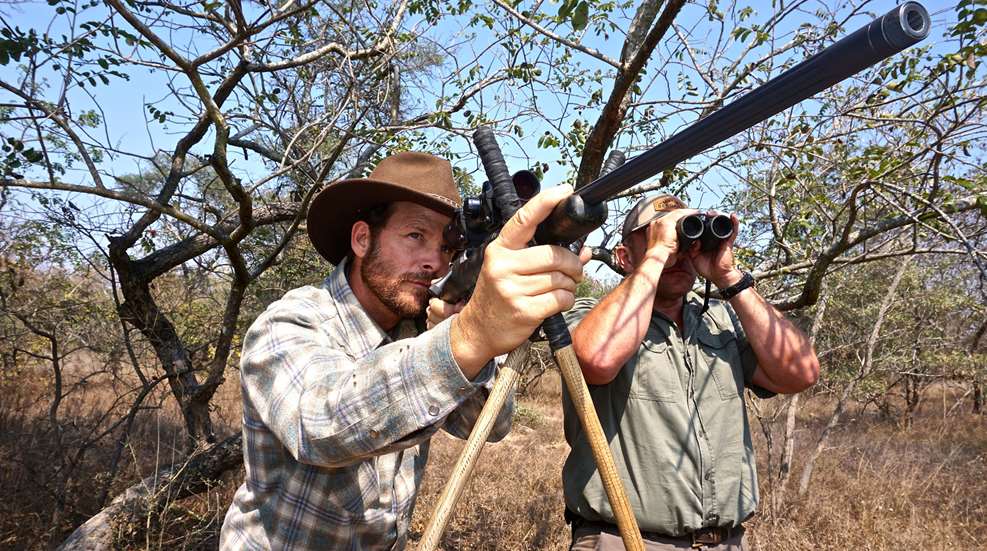
The number one cause for missed shots in the hunting field is flinching. I’ve seen a lot of hunting seasons come and go, shot many elk and deer, and guided hunters to several hundred more. I’ve helped many hunters recognize and then overcome their flinch, with the result that they become deadly accurate shots at the range and in the field alike.
Think you don’t have a flinch? If so, you’re wrong. Every shooter possesses his very own flinch. Poor shooters allow their flinch to possess them. Good shooters keep theirs under lock and key.
Here’s the thing; the human body and brain are not built to have an explosion go off right in front of them, nor to get smacked in the shoulder and cheek, without reacting. When those things happen over and over (as a result of some action of yours, like pulling a trigger) your body and brain learn to preempt the concussion and the blow by shutting eyes, scrunching the face, tensing muscles, and pushing the shoulder against the anticipated recoil. All of these actions/reactions adversely affect accuracy.
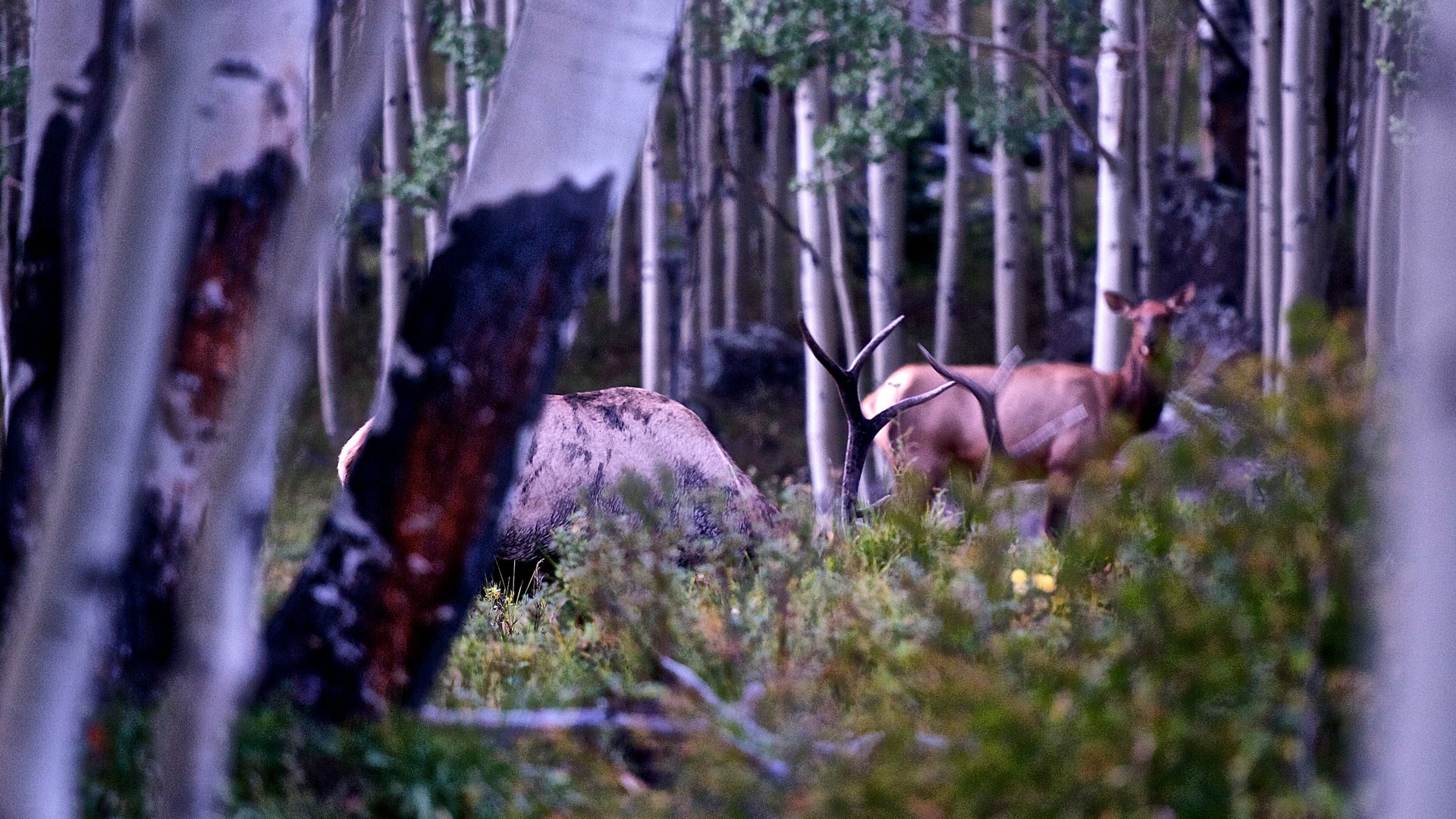
I remember one young man, a 16-year-old who had drawn one of the best elk tags on this green earth. He felt like he was a pretty good shot, but that his rifle was inconsistent. I took him shooting and immediately spotted a flinch. I mentioned it to him and he respectfully told me he was pretty sure that he was not flinching. So I told him to shoot another very careful group, and that I would drop a cartridge into the action of his Browning for each shot so he didn’t have to break his position. After the first shot I faked it and did not load a cartridge. He settled in, breathed, and executed one of the most classic—and massive—flinches I’ve seen. The rifle didn’t go off but he shoved it all out of position with his flinch. He slowly turned to look at me, his eyes as big as silver dollars. It was the first time he’d met his flinch. With some careful coaching he mastered it and went on to harvest an absolutely magnificent old bull elk.
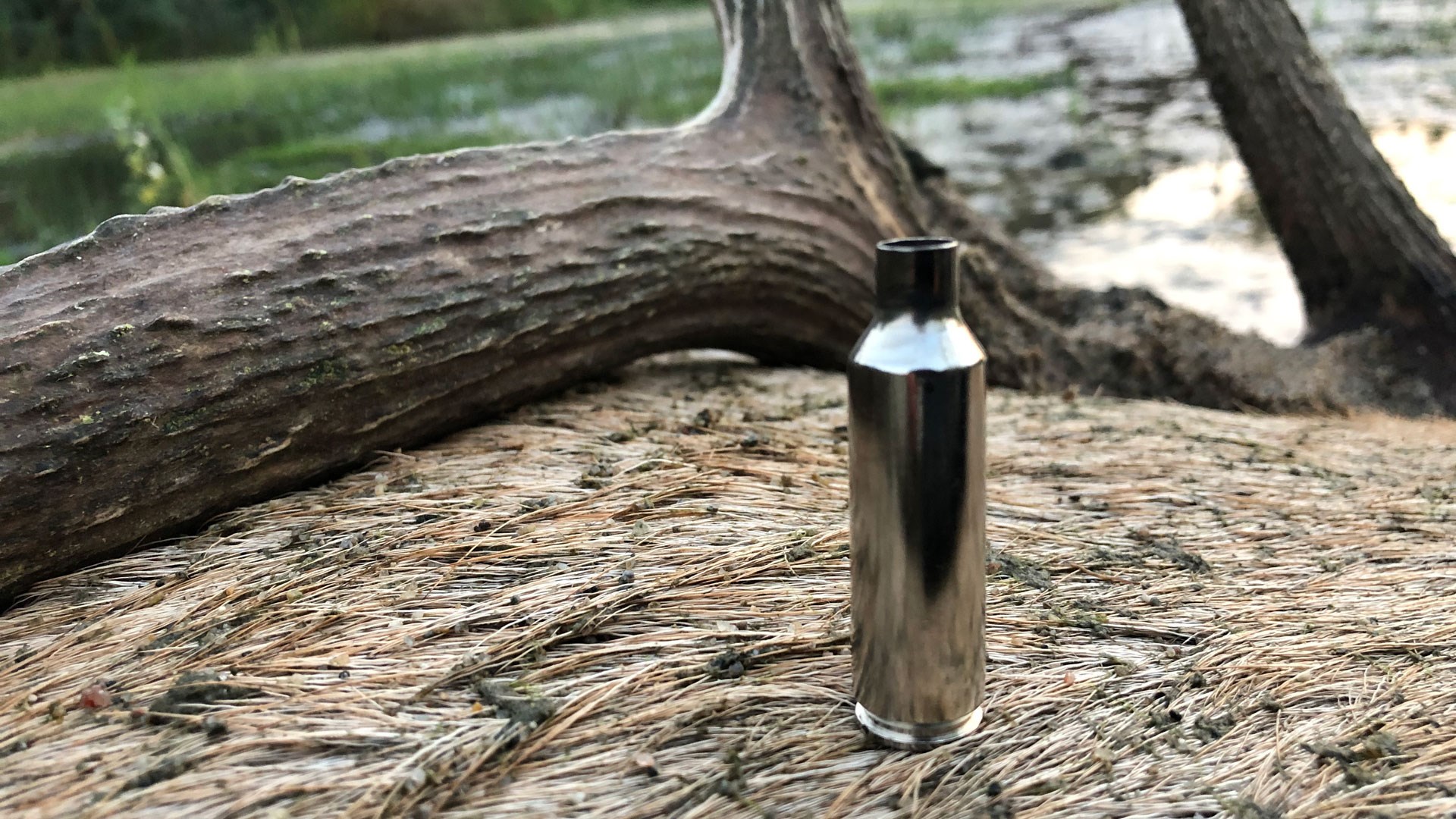
Meet your Flinch
If you suffer from a missing problem the first step toward fixing it is to recognize what you are doing wrong. Ask a buddy to help you out and have him load (or not) your firearm. Have him fake you out on about 50 percent of the shots, mixing it up and keeping it unpredictable. You’ll know very quickly if you’re flinching. When you don't flinch your eyes will stay open, the gun and your body will stay entirely motionless, and your crosshairs will stay locked steadily on the bulls eye through and after the click. (By-the-way, it’s safe to dry-fire any bolt-action rifle so long as it isn’t a rimfire).
If you encounter symptoms of a flinch (twitching, shutting eyes, jerking the trigger, shoving your shoulder forward), please allow me to introduce your very own flinch. Here’s how to master that little hobgoblin and stick him in chains and behind bars.
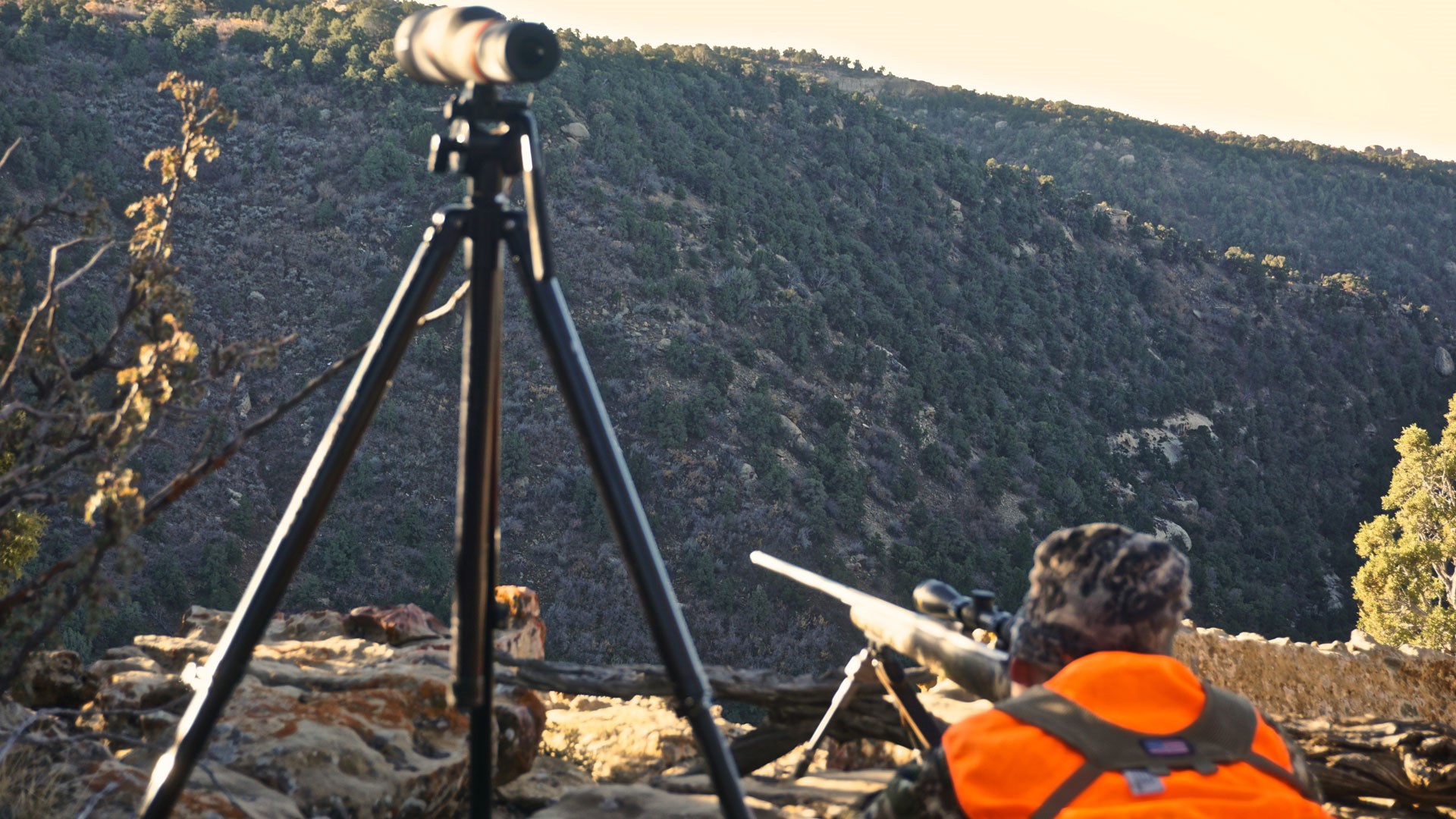
Arresting your Flinch
The first step to gaining control of your flinch is to council with your mind and body. This might sound silly, but if you consider the fact that shooting a gun will not actually hurt your body or brain, then it becomes easier to hold still and be calm during the big bang. And it is a fact—recoil may thump you in the shoulder and cheek, but it’s not going to actually injure you*. Neither will the noise, so long as you wear hearing protection. No injury will occur. None. Let your brain and body in on this heretofore-undisclosed information.
Next is dry-fire practice. Learn (or re-learn) how to squeeze the trigger. Do this with your empty rifle and a super steady position such as prone or over a shooting bench. Use a shooting bag or bipod for support. Establish a solid position, relax, and eliminate any muscular tension in your body. Take a couple deep breaths, then press that trigger slowly. So slowly that it surprises you when it breaks. Keep your body relaxed, your eyes open, and watch the crosshairs through the snap. They should not move.
Here are a couple little pro techniques that will help you establish a steady position and execute a proper squeeze. Use a rear support: place a small shooting bag or rolled-up sock under the buttstock, held in place and adjusted by your left hand (right for left-handed shooters). Now, train your trigger finger to use correct form: instead of crooking your finger like a sexy-someone motioning you into the bedroom, make a right-angle with your trigger finger as shown in the photo below. Place the first pad of said finger on the trigger and press it straight back toward the buttstock, keeping the finger in its right-angle position. That way you won’t be torqueing the rifle out of position as you press. Lastly, don’t “Flick the Booger”. In more genteel terms, don’t immediately remove your finger from the trigger once it breaks. Maintain pressure on the trigger for at least a half second after the snap.
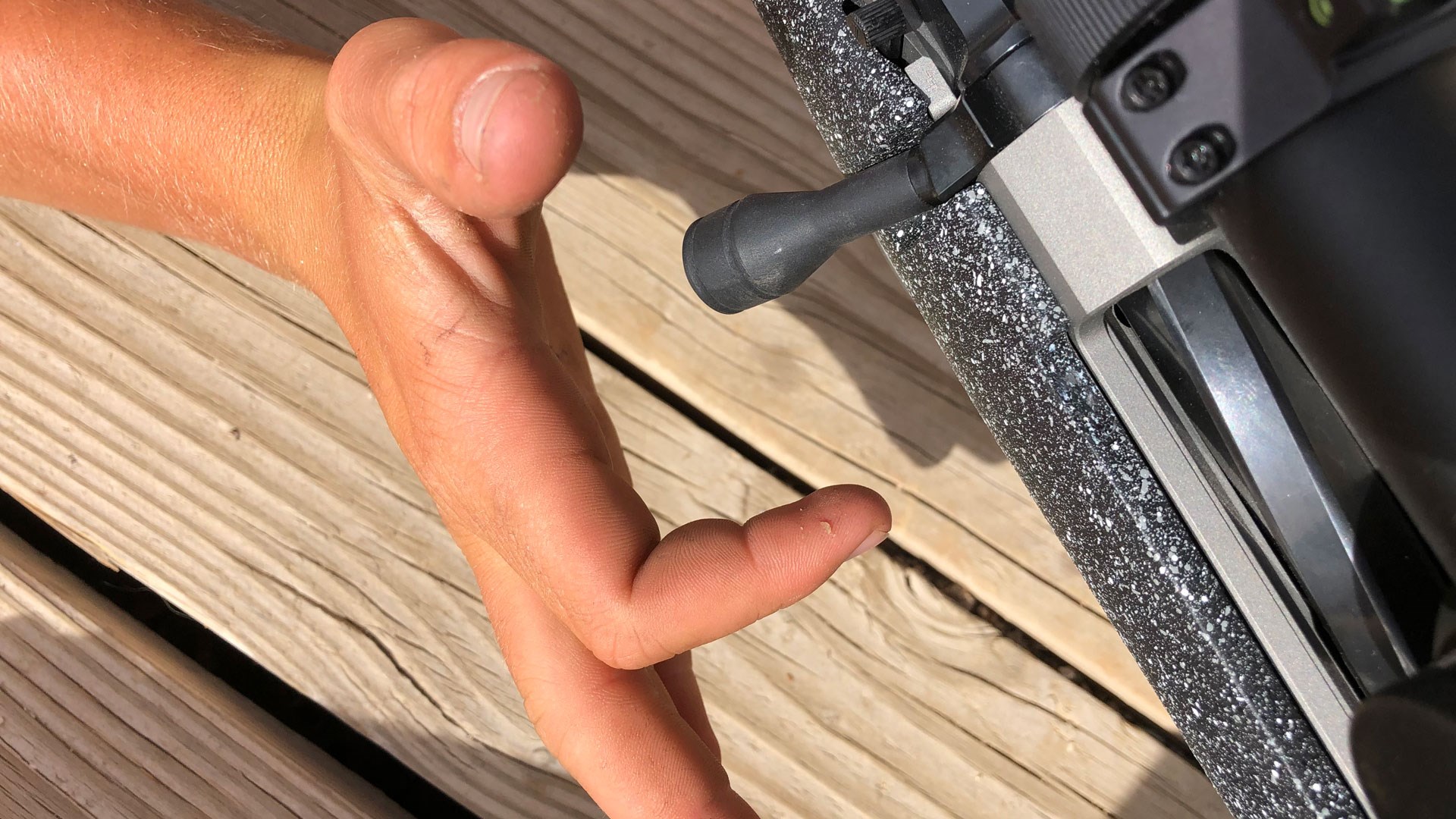
Once you’ve mastered proper trigger squeeze you should dry-fire practice extensively, starting with solid positions like prone, and then transitioning into sitting, kneeling and standing. Always watch your crosshairs, they’ll tell you if you’re executing a good trigger squeeze or not. Bottom line—they need to stay steadily on target through the click. No exceptions.
The legendary W.D.M. “Karamojo” Bell, one of the most noted hunters of the 19th century, stated that he believes dry-fire practice is hands-down the best way to become a better shot. I concur. When I’m practicing for a high-profile hunt I try to dry-fire several hundred times daily in the weeks leading up to the hunt.
Now, it’s time to add live-fire. But not all the time, keep yourself guessing by having a friend load (hot or not) your rifle one cartridge at a time. Close your eyes so you can’t tell if he’s loading the gun or not. Then execute a proper shot, just like you did when you dry-fire practiced. You’re brain will always think the rifle’s going to fire, but the occasional empty-chamber snaps will keep you aware and honest. Slowly, as you master your flinch more completely, eliminate the hot-or-not element. If you start to struggle, go back to dry-fire practice and hot-or-not practice. Sometimes it takes consistent training to keep the your flinch under lock and chain.
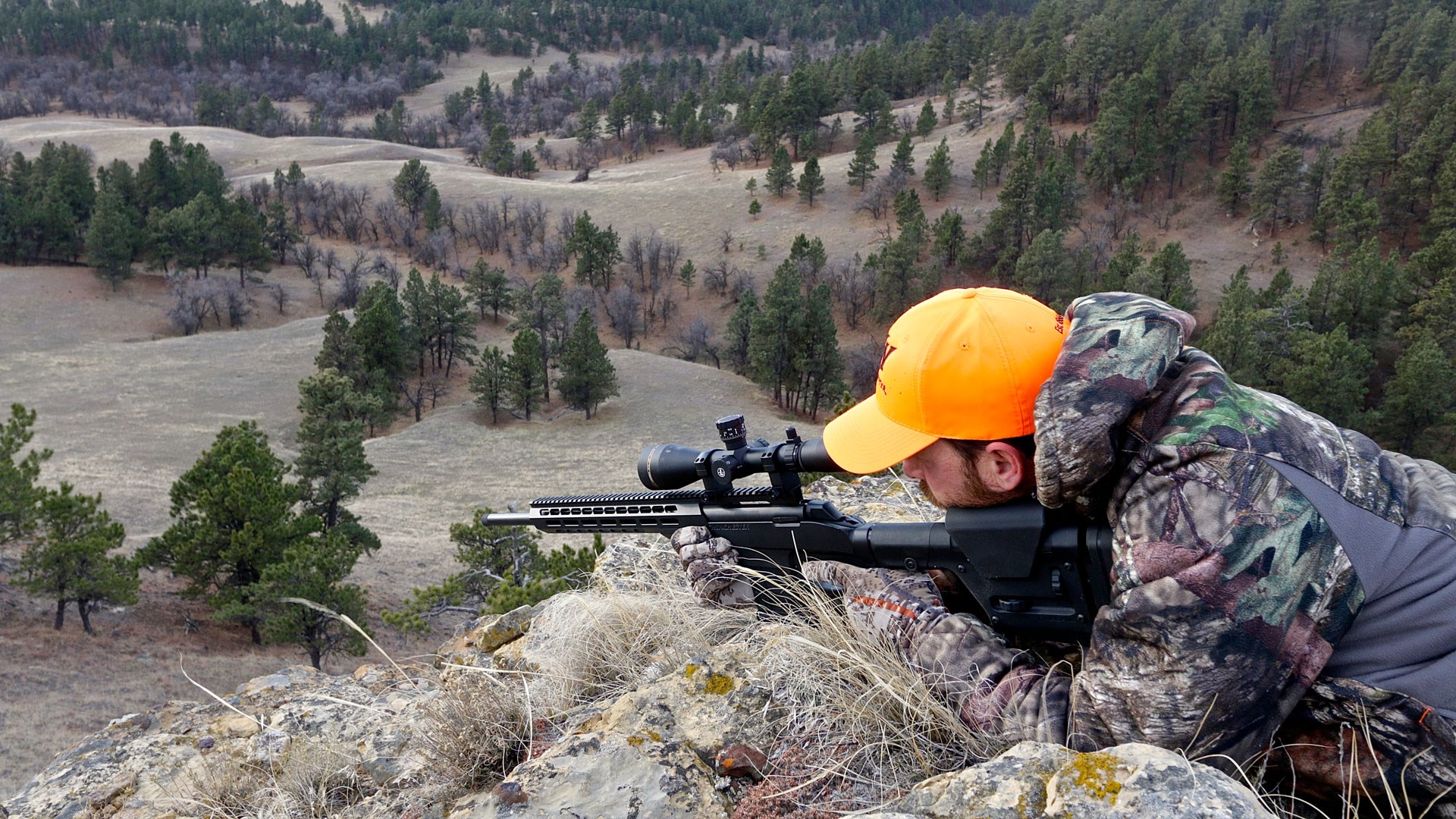
Mental and Physiological Strength
I’ve seen superb shooters melt down under pressure like ice cream under a hot sun. Most commonly this happens when an unexpectedly large game animal shows up unanticipated. Candidly, I’d be lying if I said it had never happened to me. I remember one time a bunch of big muley bucks jumped up from right under my feet. I scrambled around making a proper mess of things and missed the biggest buck twice at relatively close range. Finally I came to my senses, took several deep breaths, and shot the buck dead. It was a good learning experience.
The best way I know to prevent such a meltdown is to get tons of practice shooting at game—predators and small game are great for this. Secondarily, visualize events where big animals show up and you shoot them perfectly. Olympic athletes use visualization for training purposes; it’s a proven technique for training the mind. The key is to “see” those events unfolding: the game showing itself, you getting into position and pressing the trigger, and a well-placed shot impacting the animal. Theoretically, your brain isn’t real good at deciphering between visualization and reality, so the visualization helps it become good at dealing with the pressure of an intense opportunity. Just make sure you “feel” the pressure, and then cope with it properly (make a good, calm shot) during your visualizations.

Physiologically, the best thing you can do to settle your nerves when the pressure comes on strong is to breath. Dr. David Grossman, an expert on high-stress training for military Special Forces and law enforcement teaches a breathing technique that really helps settle your nerves, reduce heart rate, and control adrenal response. Practice this technique ahead of time and it’ll serve you well if you start to unravel during a high-pressure encounter.
Breathe in for a steady count: 1, 2, 3, 4.
Hold for a steady count of four.
Exhale for a steady count of four.
Repeat as needed.
You’ll be amazed at how well this breathing technique will settle your frazzled nerves. Employ it anytime your wife is about to have a baby, or someone scares the poop out of you with a clown mask, or when you need to make a high-profile shot.
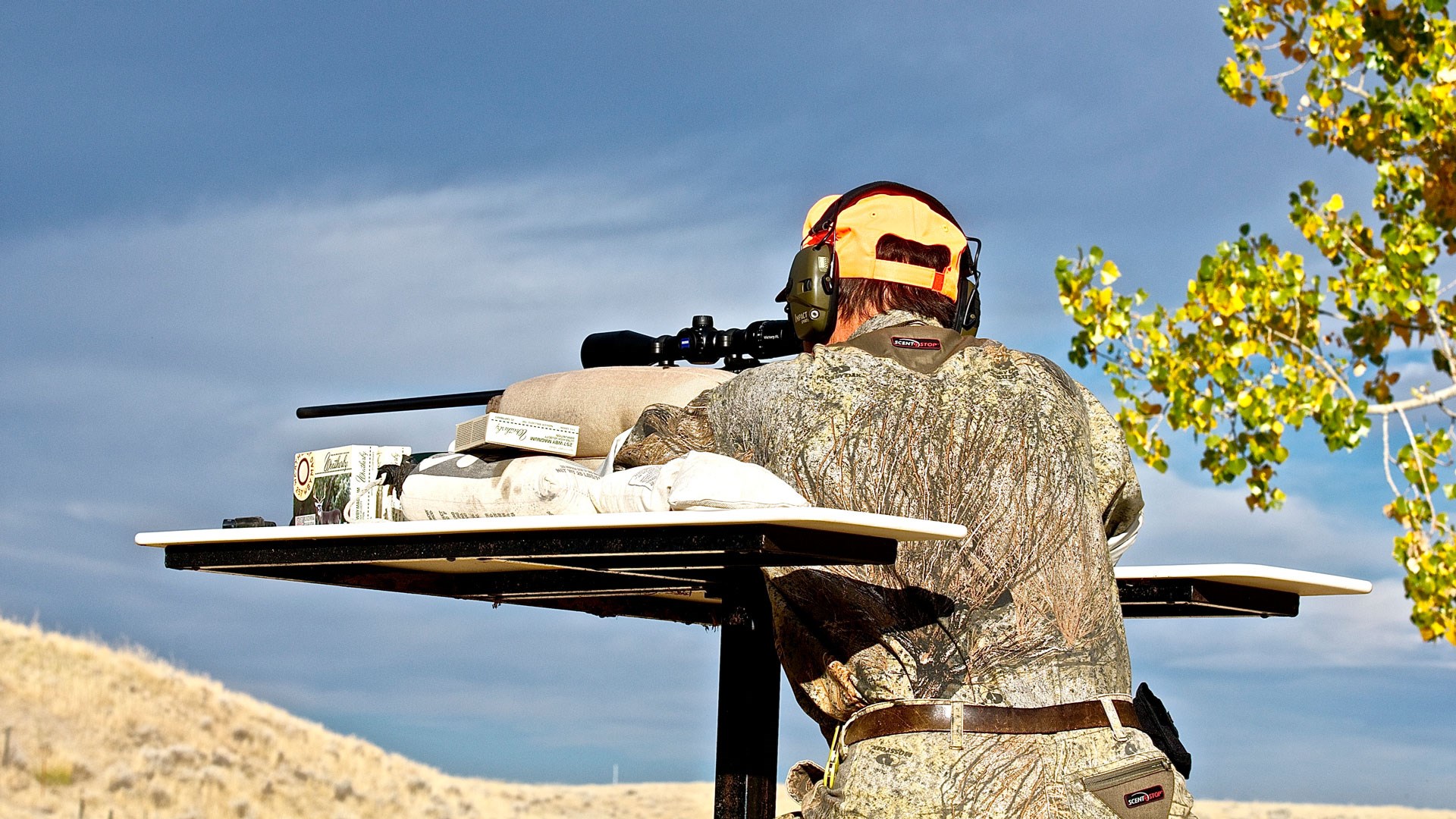
Ear Protection and Flinching
I’ve added this information for two reasons; first, because shooting without hearing protection can add significant flinch factor. Some experts state that 60-percent of a shooter’s flinch response stems from the sound produced by a shot. The second reason that I always advocate for ear protection is to prevent hearing loss. So many old shooters and hunters I know are almost deaf, mostly because back in the day hearing protection was uncommon, and even ostracized at times. Don’t make that mistake—wear good hearing protection. You’ll shoot better and be more capable of hearing the bugle of a bull elk or the gobble of a turkey during your golden years.
*Author’s Note: Shooting an ill-fitting rifle with the scope set too close can hurt you. The ocular lens of the scope will make a neat little circular incision in your unsuspecting eyebrow or nose as it absorbs most of the recoil. Make sure your rifle fits, and that the eye relief on your scope is correctly set to fit your physique.




































